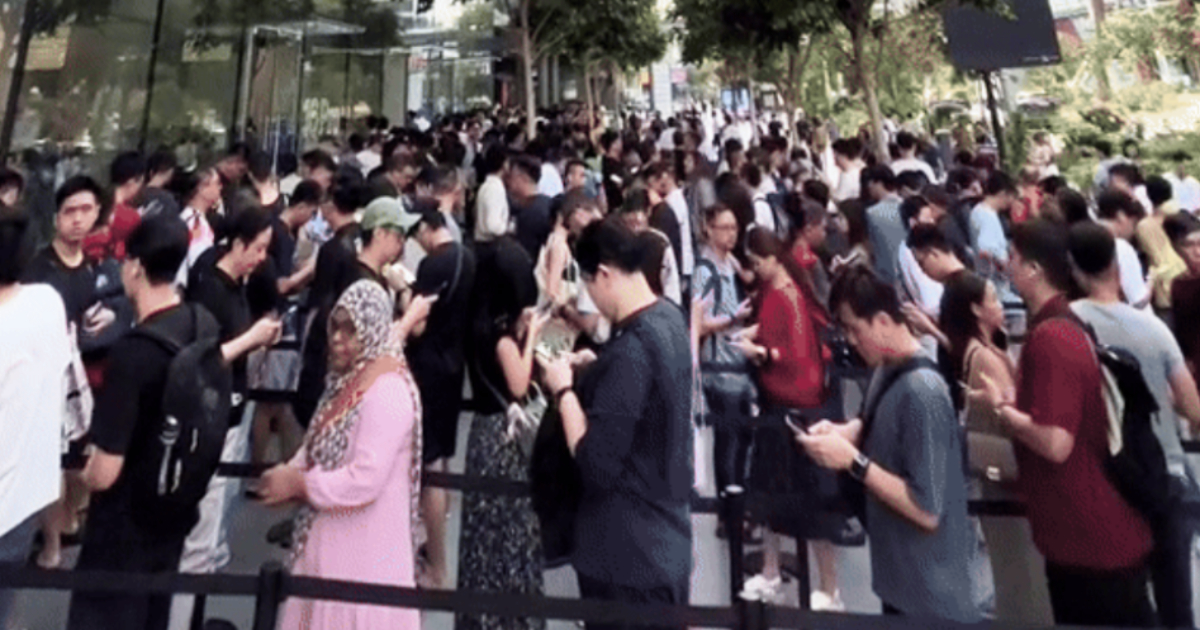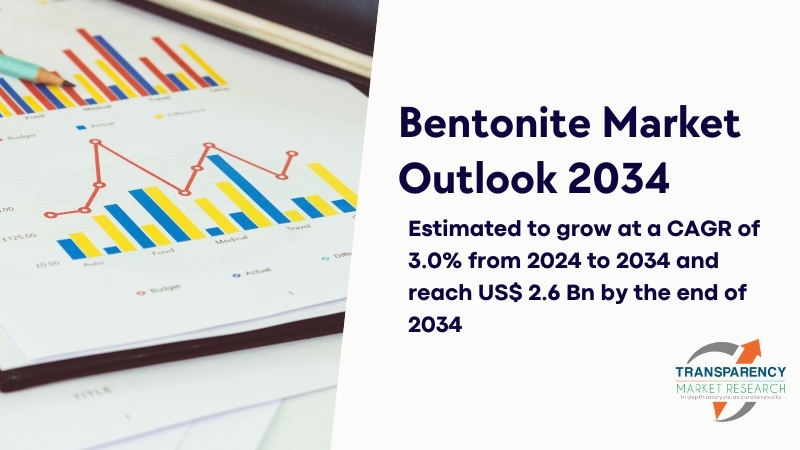
The era of monetary easing has begun, with the US Federal Reserve serving up a larger than expected 50 basis point cut to interest rates. But fund managers warn that Australian investors need to stay alert for what happens next. Fed chair Jerome Powell tried to play down suggestions that the jumbo cut is a signal that the world’s largest economy is doing worse than expected, citing the central bank’s forecasts of smaller cuts ahead.
Federal Reserve chairman Jerome Powell as he announced the rate cut. Credit: AP The gap between his words and deeds will be significant for investors globally – including Australia, where markets are pricing for a scenario where the major central banks will be able to pull off the tricky feat of a soft economic landing, local investors say. “Markets are close to all-time highs in most of the developed economies, certainly in the US and Australia, but we are in this danger zone of what has happened in the past,” said Ophir Asset Management’s head of research Luke McMillan on Thursday, pointing to the risk of rate cuts not being able to head off a recession.

Tribeca Investment Partners senior portfolio manager Jun Bei Liu agreed, saying the potential for a hard landing remains a worry for investors. “With a rate cut that large, it certainly signals the economy is probably softening quite quickly,” she said. “The risk is that company earnings which are linked to economic activity could be softer than expected in the coming six months or so.
” Jun Bei Liu, a portfolio manager at Tribeca Investment Partners. Credit: Dion Georgopoulos In a recent note to investors, Ophir’s McMillan warned that it’s not just falling profits that are an issue in this scenario, but investors could also become risk-averse and dump shares of companies with reduced earnings, rocking sharemarkets. While investors work out whether the Fed – and locally, the RBA – manage to pull off a soft landing, the safe option is to stick with consumer staples, utilities, food and beverage stocks and healthcare companies, which are not as vulnerable to wider economic swings, McMillan said.
“When you’re in limbo land for a little bit, wondering whether the central banks cut rates in time to stave off a recession, you find support for those sectors that are less macro-economically sensitive,” he said. But even here Liu sees risks, given many of these stocks have already performed very well despite the current soft economic conditions. “The real risk for investors is, actually, some of those [consumer staples] are trading at all-time highs, which is quite contrary to what you’d expect when the economy is doing it quite tough,” she says.
“It’s a divergence between what the share price is indicating, and what the earnings might do.” She predicts Australia’s struggling economy will force the RBA to cut rates soon. “I think the Reserve Bank is going to change their tone in the next few months and the rate cut will come sooner than expected because the real economy is struggling.
” The million-dollar question for investors is, will it come soon enough to prevent a recession? The Market Recap newsletter is a wrap of the day’s trading. Get it each we e kday afternoon ..














